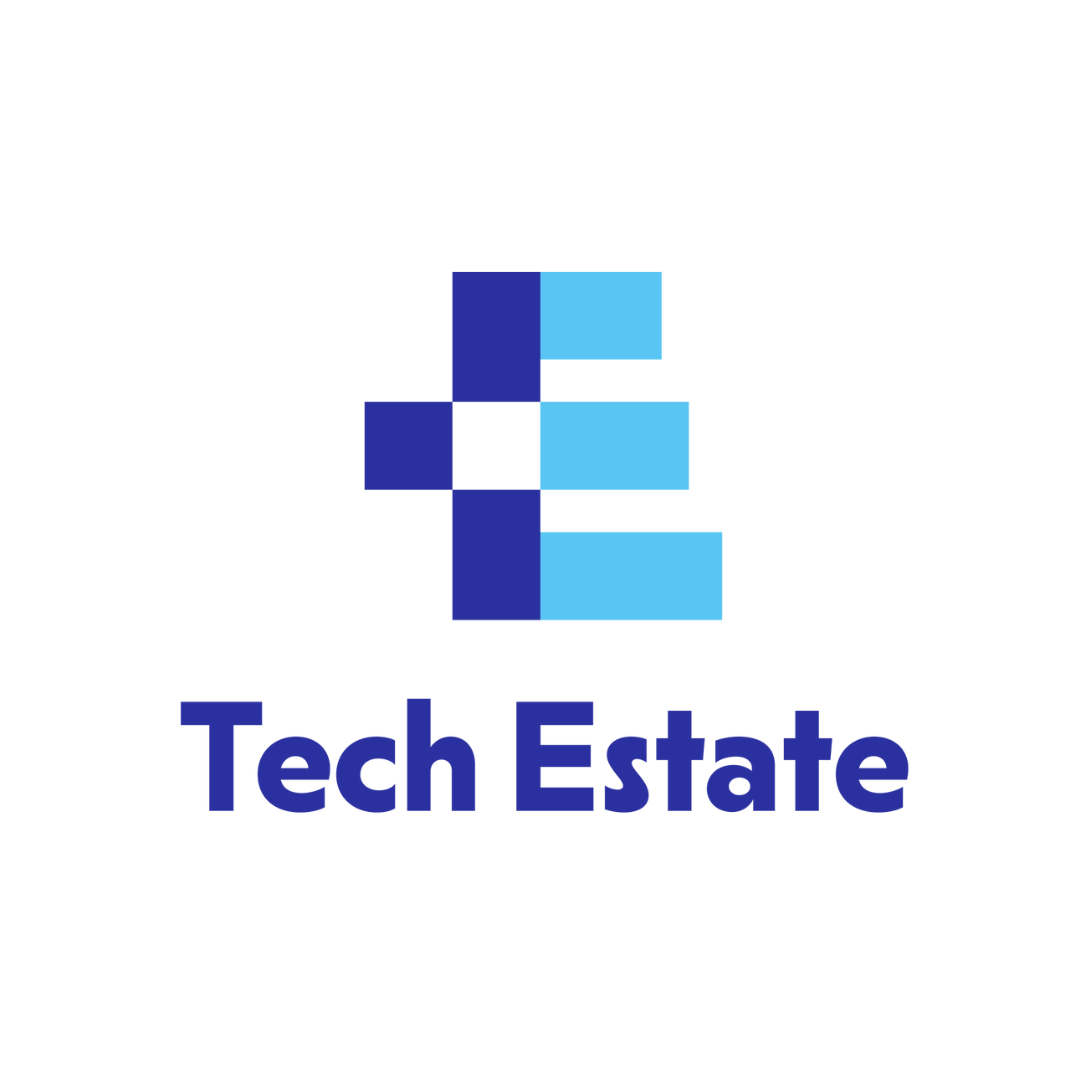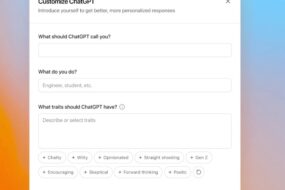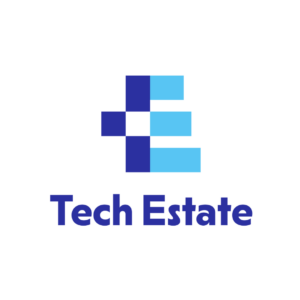
Source: ITWeb
Digital-only bank, TymeBank says it became the first digital bank to make profits in South Africa and on the continent, after reaching its first month of profitability in December 2023.
According to the African Rainbow Capital (ARC)-controlled bank, the milestone, which comes less than five years since it launched to the public in February 2019, marks a pivotal moment as SA’s only black-controlled bank.
Stay well-informed and be the very first to receive all the most recent updates directly in your email! Tap here to join now for free!
This, as the branchless bank consistently acquires 150 000 customers each month, breaching the eight million customer mark.
ARC holds an effective 57.7% stake in TymeBank, which bills itself as South Africa’s first digital-only bank.
In its previous results, ARC said Tyme (including TymeBank and GoTyme) had an annual revenue run rate of over R1.8 billion for TymeBank and R100 million for GoTyme.
According to the company, across its two markets – South Africa and the Philippines – the business is growing at a pace of 450 000 new customers a month, as it works to provide consumers, particularly the underserved and financially excluded portion of the population, with quality financial services.
Coenraad Jonker, CEO of TymeBank, points out that this is a critical point of the business, given that that globally, less than half of the top 100 digital banks are profitable.
“Having achieved our first month of profitable operations in a significantly shorter timeframe is a South African success story that our 8.5 million customers can share with pride,” notes Jonker.
“As the country’s first digital bank we’ve overcome numerous challenges as we consistently innovated and broke new ground in the market. Through it, our team has remained focused and committed to our mission of providing South Africans with affordable, accessible, and quality banking services. This purpose has clearly resonated with consumers given our rapid growth.”
The bank attributes its success to several key factors including its unique model of combining digital channels with in-store kiosks at major retailers; the long-standing, strategic relationships with several retailers, and the continued confidence of the bank’s shareholders in TymeBank, as evidenced by the Tyme Group’s successful capital raise last year.
The 30% growth of its lending portfolio year-on-year, which is now financing more than 50 000 SMEs across the country, is also highlighted among the key attributes.
Dr Patrice Motsepe, founder and chairman of ARC adds: “TymeBank’s landmark achievement comes after more than four years of dedicated effort, strategic investments, and an unwavering commitment to the business’s core mission to offer quality banking services to all South Africans.
“TymeBank’s unique proposition continues to digitally disrupt and transform the banking sector. And as the business evolves, we are seeing it gradually appeal to more affluent consumers who appreciate its unrelenting innovation.”
Digital disruption is driving major banking transformation in Africa. Digital banking entrants such as branchless banks are unencumbered by the legacy issues that have often slow the pace of innovation at traditional banks – often resulting in high banking costs for consumers.
TymeBank competitors, Discovery bank and Bank Zero previously told ITWeb they are witnessing steady growth since launch. Discovery bank, owned by SA’s largest health insurer − Discovery announced it expects to break even in the 2024 financial year. Its total clients exceeded 700 000 by the end of June 2023, with progress towards the target of one million clients by 2026.
Bank Zero,co-founded by seven investors, including former First National Bank CEO Michael Jordaan, launched publicly in 2021 and has not disclosed its customer numbers.
The number of digital banks has grown tremendously globally over the last two years, but only a few of them are profitable, according to a report from consulting firm, Simon-Kucher.
Of those that are in the black, most have taken a lot longer to become profitable, with notable examples being Latin America’s Nubank and London-based Monzo, which took eight and seven years respectively to break even.
Stay well-informed and be the very first to receive all the most recent updates directly in your email! Tap here to join now for free!
Source: ITWeb






